Background
Since the dawn of SubAnima, the question of what makes biology different from physics has always been bouncing around in my head somewhere.
In the first blog post I made (August 2021), I suggested that biology was simply more complex than physics meaning that laws (if they indeed existed) would be much harder to come by. Nonetheless, there are still regularities that exist that repeat all the way through the tree of life, so it's not just pure randomness.
In the first video I uploaded to the channel (December 2021), I suggested that biology and physics both had plenty of mathematical structures upholding them both, but that biology lacked universal laws. That's what made it different.
I still stand by everything I said in those pieces, but now that I've read a bit more I can make these ideas a little more precise.
The most important thing I read from then until now was undoubtedly Robert Rosen's Life Itself which I came across while working through Yogi Jaeger's lecture series Beyond Networks: The Evolution of Living Systems.
In his book, Rosen shows that not only has biology not discovered any laws, but that it never will. While everything in physics can be thought of as a mechanism, the organism lies beyond this category.
The consequences of this realisation are vast and I'm planning to go deeper into Rosen's mathematical argument in the next video. But for this one, I just wanted to give a brief outline of the anti-reductionist position and highlight why physics can't explain everything.
Also important here is the perspectival realist stance which is quite different to the standard realism/anti-realism dichotomy. A huge influence on my thinking has been Michela Massimi's book Perspectival Realism which I read on my post-undergrad vacation in Crete (August 2022). I have no regrets.
Further Reading
The standard reductionist position of "biology is just applied chemistry which is just applied physics" is VERY common so I'm sure it needs no introduction. That said, it may be useful to have few key landmarks on what this position looks like.
For that we can look to Feynman:
Or Sabine Hossenfelder:
Or XKCD:
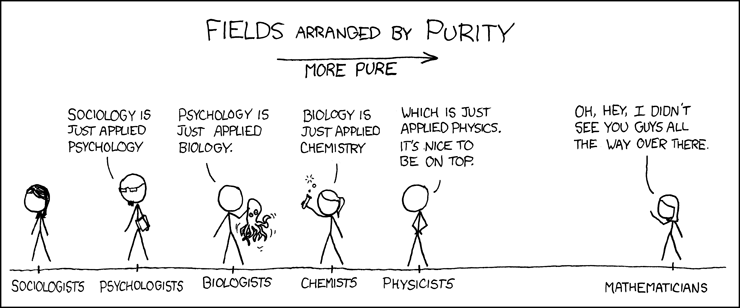
Or Ernest Rutherford's mythical statement that he probably never said:
All science is either physics or stamp collecting.
Ok that's enough of that. What about the other side?
If you are a die hard physicist who cannot possibly fathom that physics may have its limitations and that it's not the only way of generating knowledge out there, I would suggest Lee Smolin's book Time Reborn or this interview. Hopefully that opens your mind a little bit, and it's from a physicist no less so you don't have to take it from a lowly biologist.
If you are willing to hear the anti-reductionist stance but are not yet convinced, I would suggest Denis Walsh's book Organisms, Agency and Evolution which is the backbone of this series of videos as I've mentioned before. There's also Philip Anderson's classic More is different which is still being commented on.
If you loved the video are amazed at how biological organisms break the Newtonian paradigm and want more details then the next steps would be to read the following:
1. Life Itself by Robert Rosen (1991)
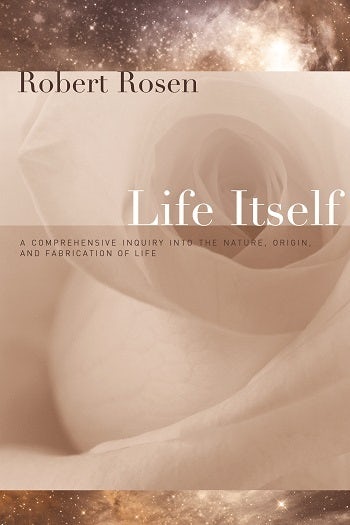
2. Perspectival Realism by Michela Massimi (2022)
3. Re-Engineering Philosophy for Limited Beings by Bill Wimsatt (2007)
All three of those are hard reads and not for the faint-hearted.
If you want a mid-way stepping stone from my video to those trickier books, there are Yogi Jaeger's lectures:
And also a 3-part interview Yogi did with Jannie Hofmeyr who is doing some important work modernising Rosen's ideas:
And here's one of Jannie's papers taking concepts from Rosen and John von Neumann among others.
https://www.feynmanlectures.caltech.edu/I_03.html
Sources
Physics is the most fundamental and all-inclusive of the sciences … everything that living things do can be understood in terms of the jigglings and wigglings of atoms.
… is a quote from Richard Feynman in the third lecture in his famous series.


This reductionist point of view is pretty common today and we can see it in everything from XKCD comics to Sabine Hossenfelder's new book Existential Physics.


If we could just reexpress organisms, economies and social interactions at the atomic level and apply the laws of physics with a big enough computer, we’d know everything that happens at the higher levels. And in that sense, all the interesting stuff in the universe only really happens at the bottom and we can see everything from down there.
At least, that’s what the physicists tell us.
And unfortunately for them, they’re wrong. The way we study complex systems, like those in biology, simply can’t be reduced to physics.
I know that sounds pretty radical, but hear me out and I’ll explain.

In 1687, Isaac Newton published his Principia Mathematica which would go on to lay the foundations of modern physics. The picture we get of matter from Newton is that it doesn't do anything by itself. That's his first law. If it does happen to move in a particular way, then we know that it must be under the influence of some kind of external force.

But when we look at the biological world, matter seems to move by itself all the time. In this beautiful film of the development of the Alpine Newt, Jan van Ijken shows us just how 'non-Newtonian' biology appears: cells fold in on themselves, limbs seem to emerge out of nowhere, and atoms stop bumping around randomly and start swimming together as one little tadpole.
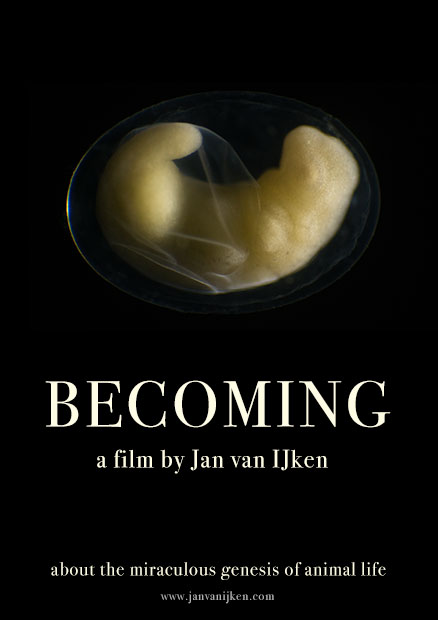
As Denis Walsh puts it more poetically:
If Newton’s laws lay down the rules by which matter conducts itself, organisms flout them flagrantly.
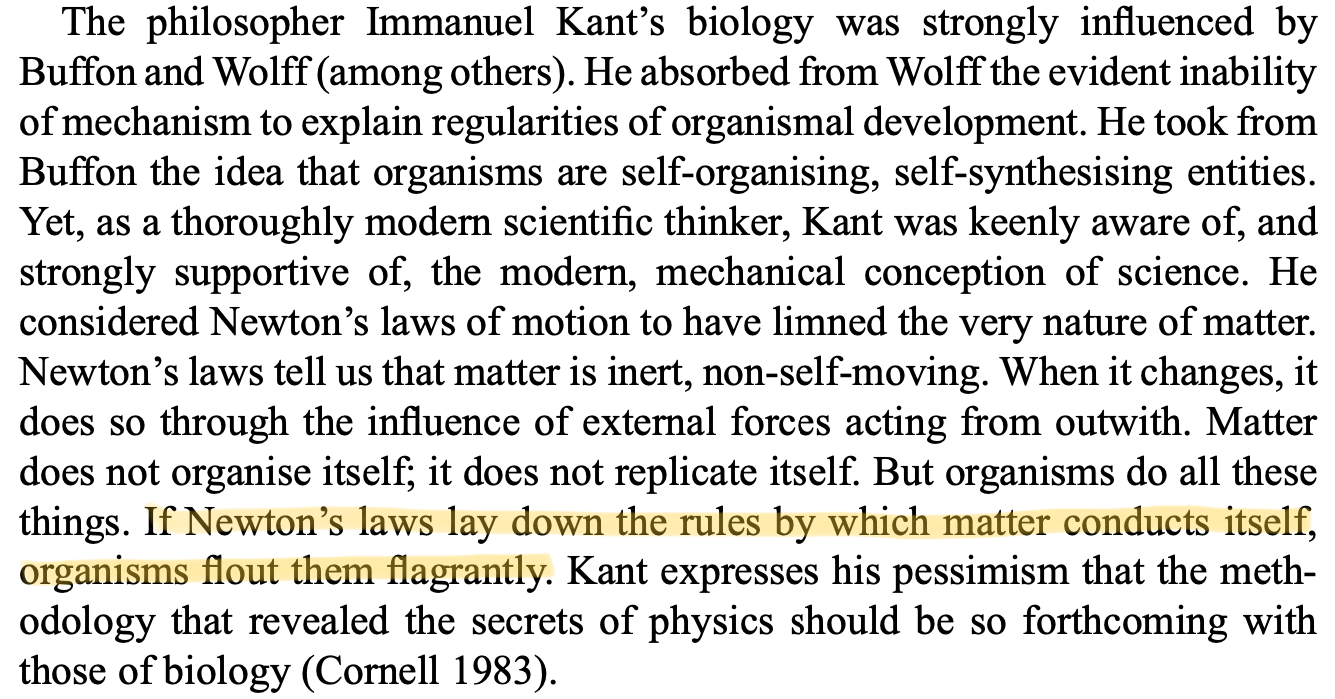
Of course, I'm not saying that there are any new forces involved in the development of living systems, just that we might need to take a different perspective compared to the Newtonian paradigm.

One different idea we can use is the concept of top-down causation. Instead of saying that the jigglings of atoms alone cause the tadpole to move (which is the standard bottom-up perspective), we also need to look at the reverse direction: the atoms are only moving in the way that they are because they happen to be in a tadpole.
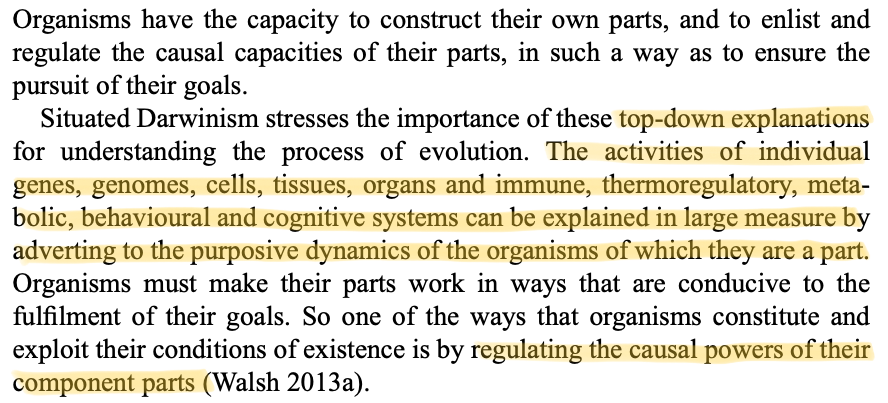
This isn't even that radical. The atoms in this GIF that I keep showing are moving in the way that they are because they are bounded by the box. If the box were a different shape, or missing one of its sides, they would behave differently. This is very simple top-down causation.
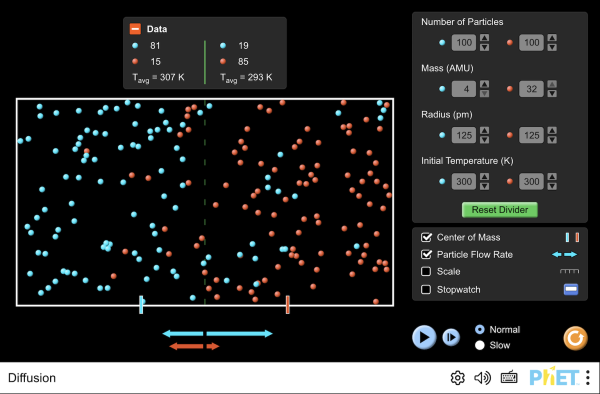

At the scale of atoms alone, we can't see anything really. A warm cup of tea at 37 would look oddly similar to this little newt. From the perspective of molecular physics, the organism disappears entirely.

Sure, if we wanted to build a giant supercomputer to simulate features of the biological world at the level of atoms, we might be able to make some predictions about where collections of atoms would end up.
But we wouldn't be able to understand much about biology at all.
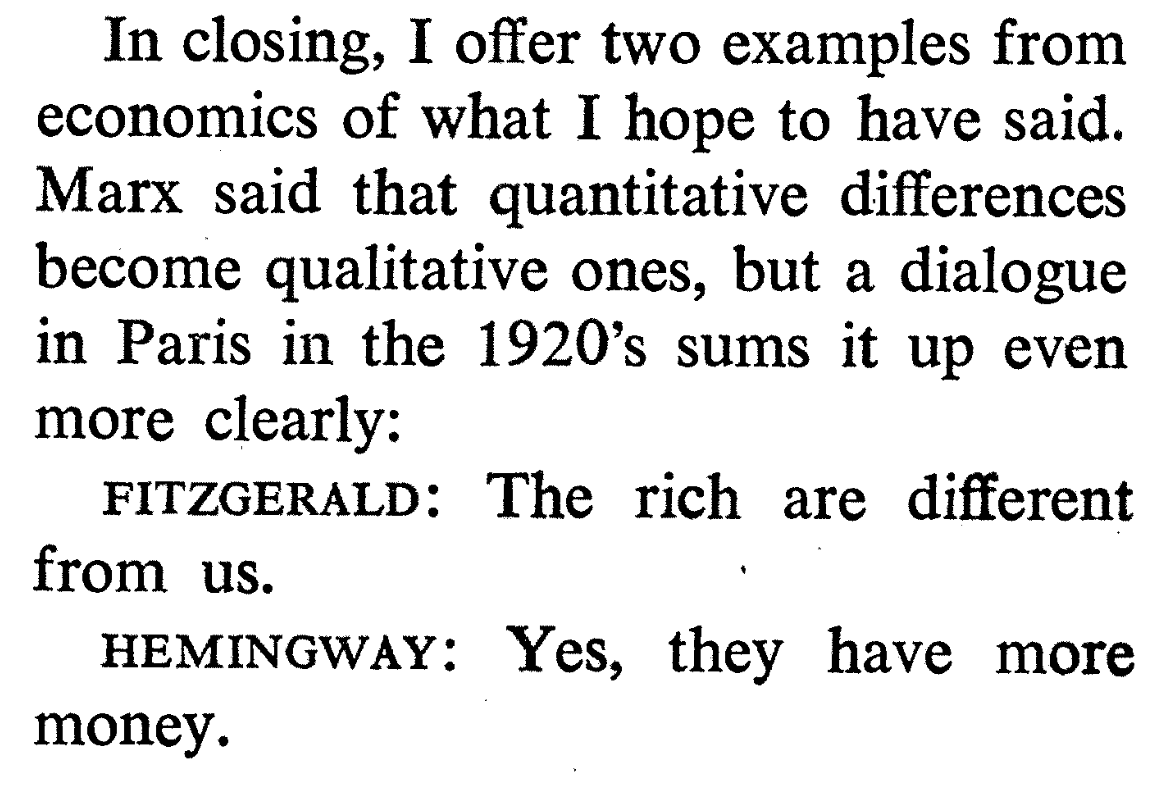
Take this example, stolen from one of my university lecturers Kristian Camilleri. Say we wanted to understand what caused WWI. If we start our explanation with "So you see there were a bunch of atoms over here, that assembled themselves into a 3D structure we call a bullet," we're not going to get very far.
We clearly need higher level historical explanations like: imperialism, nationalism, the system of alliances and so on. This happens to be the right perspective for generating knowledge in this case. And it can't be reduced to physics without making our explanations meaningless.
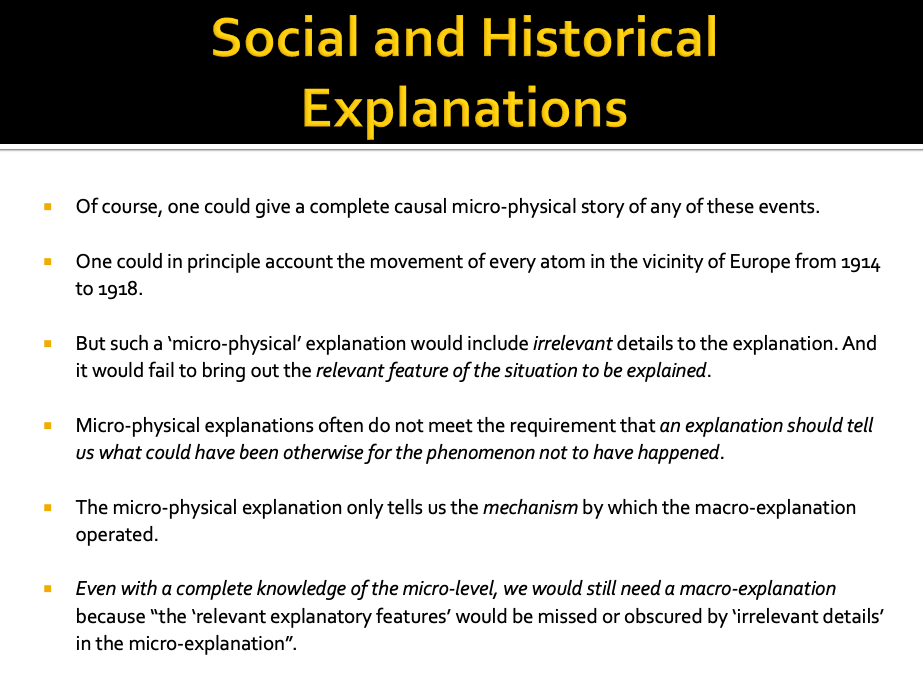
In the same way, the self-organising characteristics of biology can't be reduced to physics without our view of the organism becoming so diluted that it hardly makes much sense.
Because of the limitations of any one scientific perspective, Michela Massimi calls for a multi-perspectival approach to generating knowledge.

We are like blind men touching an elephant and no single perspective of ours will ever be able to give us a complete picture of the universe. Not even physics. We need all of the sciences working together, drawing from one another to put together a full picture.
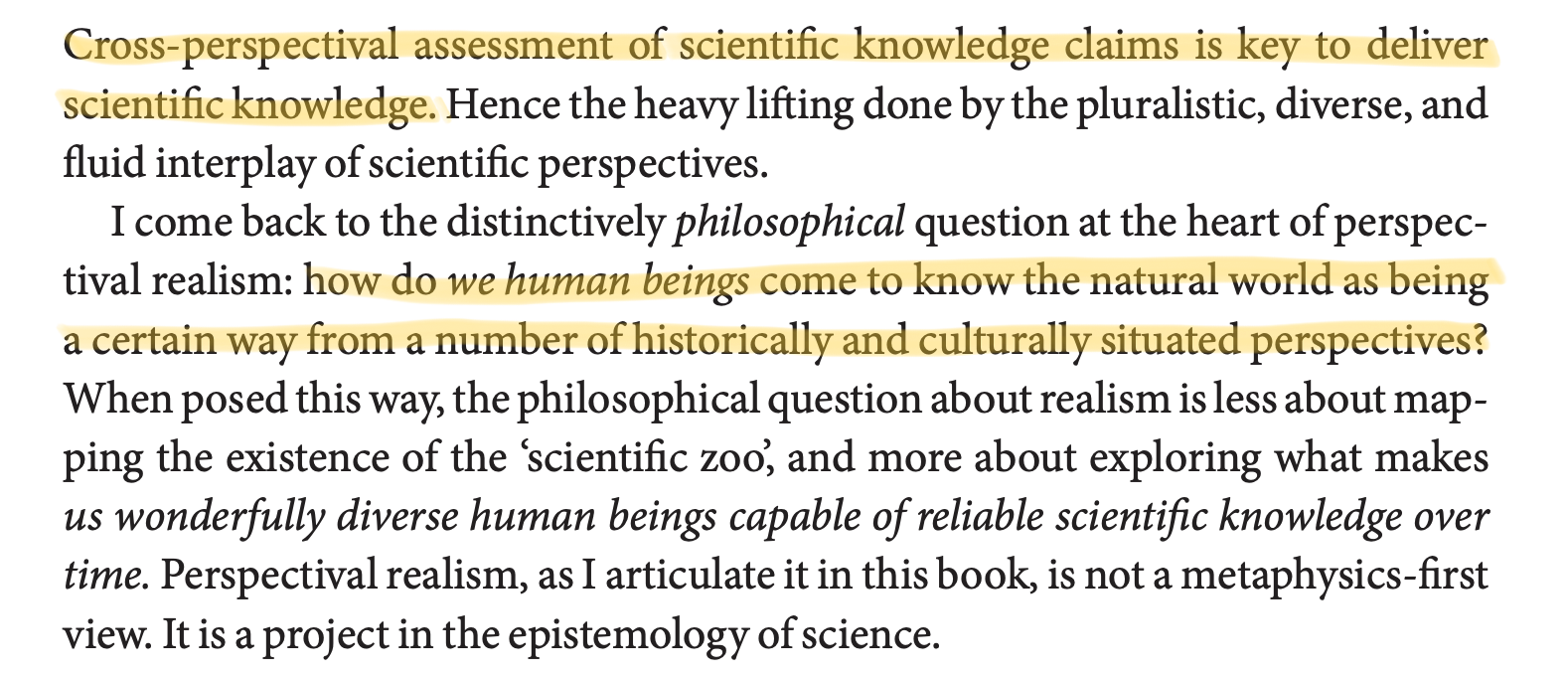

https://www.bostonreview.net/articles/windows-on-reality/
Computer simulations of biochemistry and mathematical models of the physics of organisms certainly are insightful when kept in the right domain. But we should be cautious of thinking that we can construct a model of the whole organism with them.
Because, it's not just a knowledge problem that stops us from using computers and physics to explain everything in biology. Organisms also break down the traditional methods of computing and mathematical modelling that we have today.
The modern computer as it exists today was first conceived by Alan Turing, who initially described them as "universal computing machines." Today we call them universal Turing machines after him and everything that your phone or computer can do, can also be done by a universal Turing machine, so they serve as a catch-all way of understanding computation.

The structure of a universal Turing machine is pretty simple, it takes its input on a tape full of 1s and 0s, its hardware is a machine head that can slide along the tape and rewrite the numbers on it, and its software is the algorithm that tells the head what to do.

This picture maps onto physics quite well where the laws seem to be static over time. So we can reasonably call them the 'software' of the particular system we are studying.
But if we try to map this picture onto the organism we run into trouble. Because the quote unquote 'software' of organisms changes over time. For instance, the way an embryo behaves is very different to how an adult behaves.
Not only that, but the way an embryo changes to develop into an adult is somehow self-derived. So it's not a normal Turing machine, but more like one that builds itself.
One of the founders of computing, John von Neumann actually designed a theoretical machine that could construct itself known as a 'universal constructor.' But up until today, no-one has managed to build one.

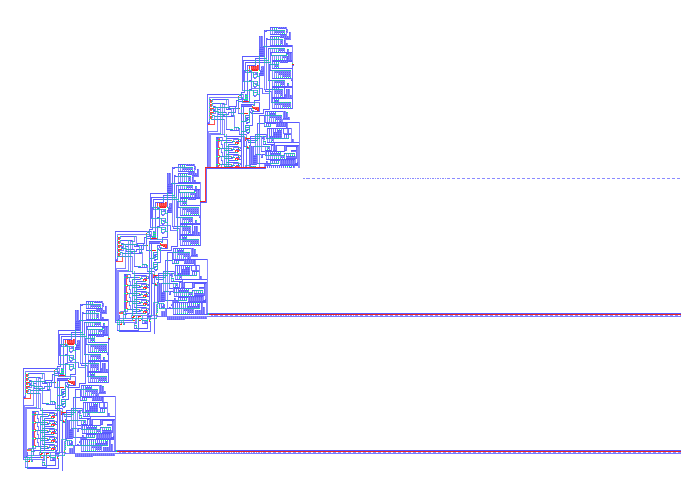
The closest we've gotten are 3D printers that can print most of their own parts like this one called RepRap. The problem is that you still need humans like these guys to put the parts together. I'm sure I don't have to tell you but your parents didn't have to arrange your internal organs while you were growing in the womb, you managed to work that out all by yourself.



So organisms seem to be the closest thing to real von Neumann constructors that we know to date. This has even been shown quite nicely by Jannie Hofmeyr who has mapped von Neumann's original design onto the biological cell (albeit with some important modifications, inspired by the work of Robert Rosen).
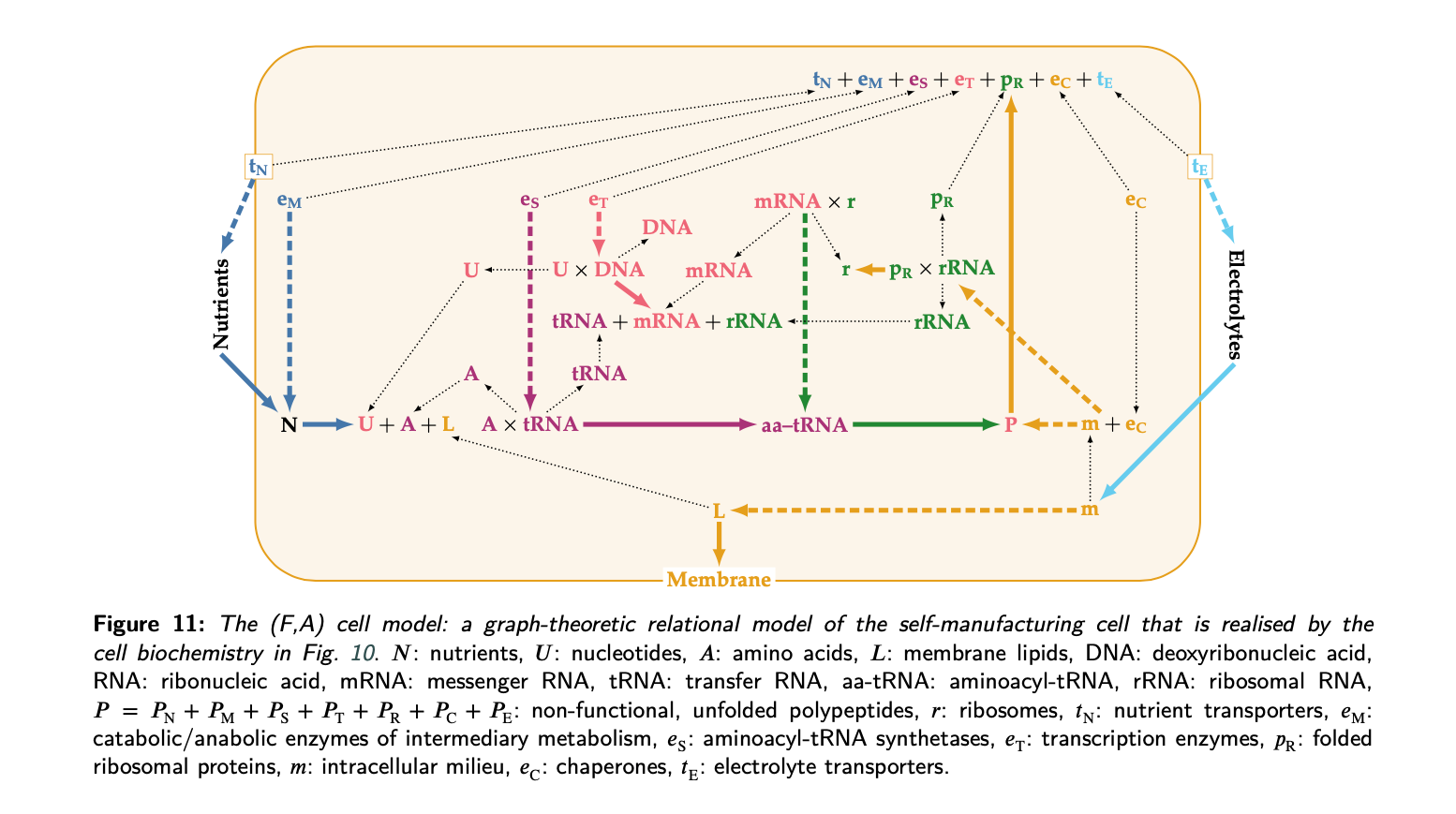
The simple observation that organisms make themselves is nothing new and goes back to philosopher Immanuel Kant in the 18th century. Kant highlighted that the parts of the organism are only there because they are somehow related to the whole organism.
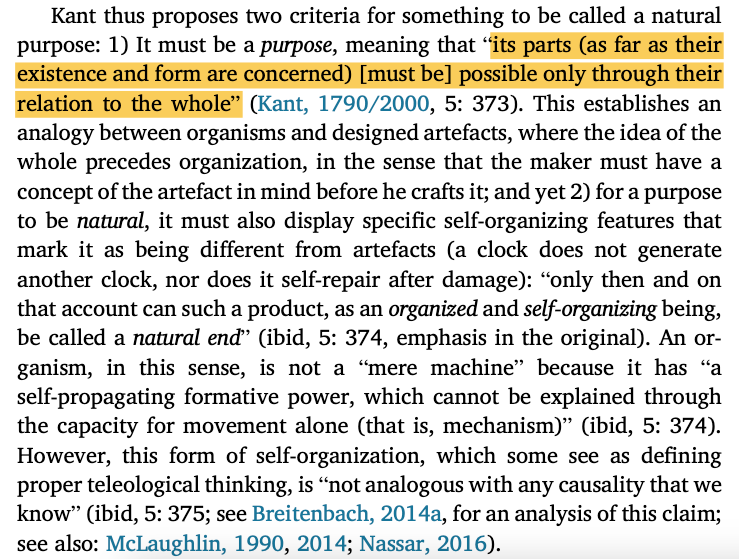
Your neurons are there because you need to think and you have mitochondria because your cells and really your whole body needs energy. This is top-down causation back again.
Of course, the whole organism only exists because it's made up of parts. So together, we have this weird circular relationship that seems to be fundamental to life and completely foreign to physics.
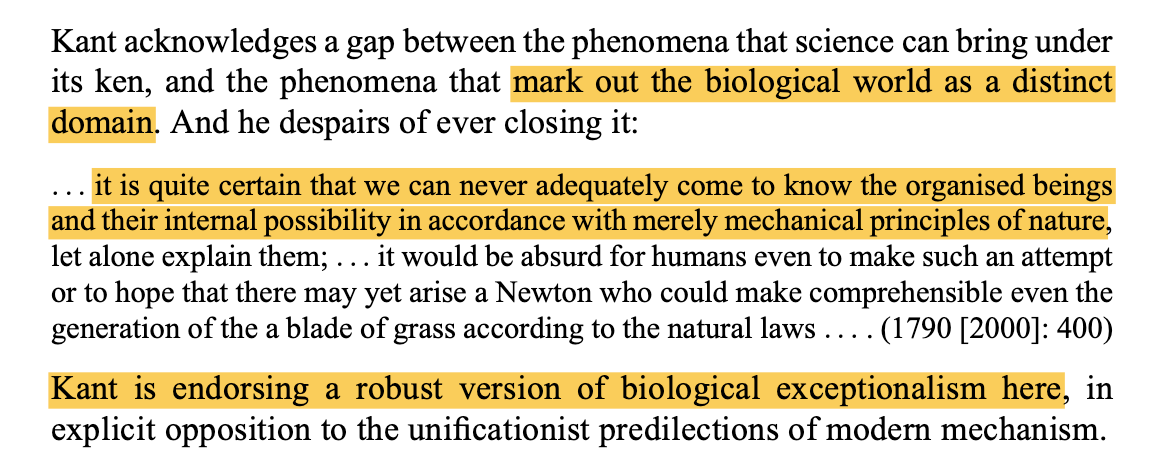
I can't understate how strange this kind of causation is. It's something much deeper than a simple feedback loop or a recursive function.
If we want to use the metaphor to computing, it would not only be programmer and programmed, but also writer of the language the programmer is using and builder of the computer.
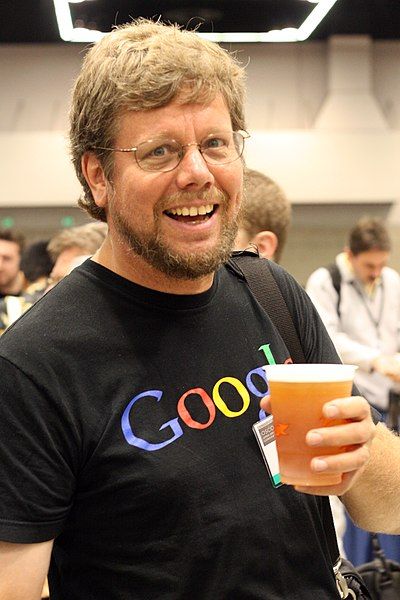
If we want more of a mathematical metaphor, it would be like an equation that could write itself by adding in new terms and even new ways of mixing terms together with new axioms.
Either way, that is something we just don't know how to deal with. Somehow cause and effect are entirely wrapped up inside organisms in a way in which we haven't even begun to understand.
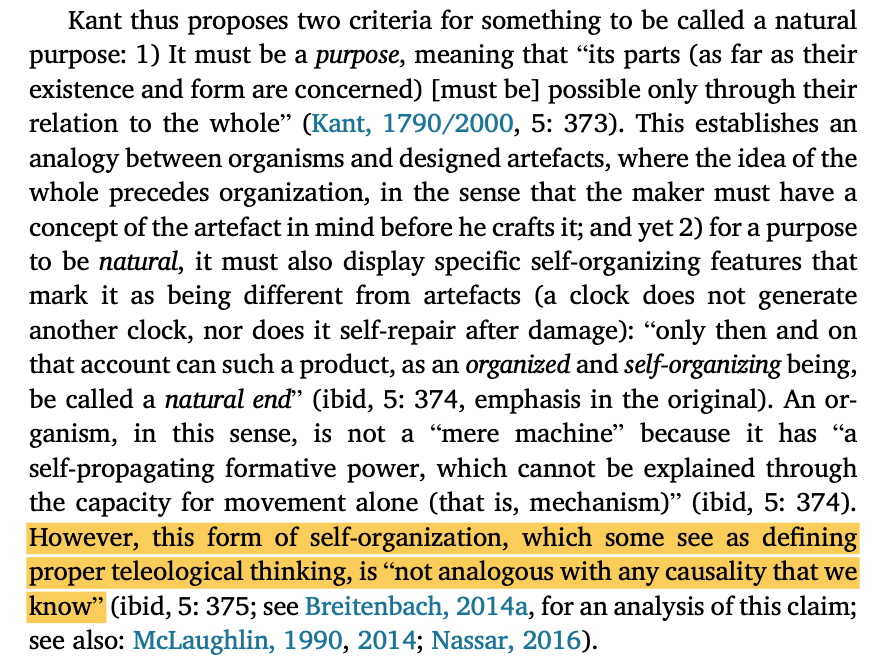
But one key consequence that we can get from this picture is that organisms have a sense of agency that puts them well beyond the domain of physics.
In classical physical systems, objects are always bound by laws and their possibilities are inherently limited. All the possible states of a system can always be described beforehand by what physicists call phase space.
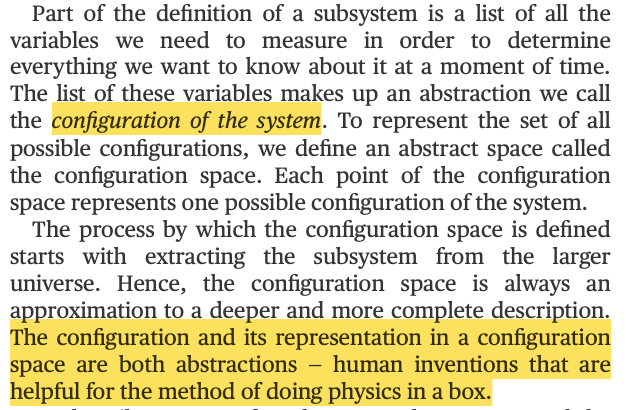
But in biology, we again run into a problem. We can never define all the possible states of a system ahead of time.

Say if I gave you this screwdriver, you could use it to tighten a screw, poke someone, pick your nose, stir your coffee, teach a class - the possibilities are literally endless. Or more precisely, we should say that they're indefinite. We can't prestate them in advance.
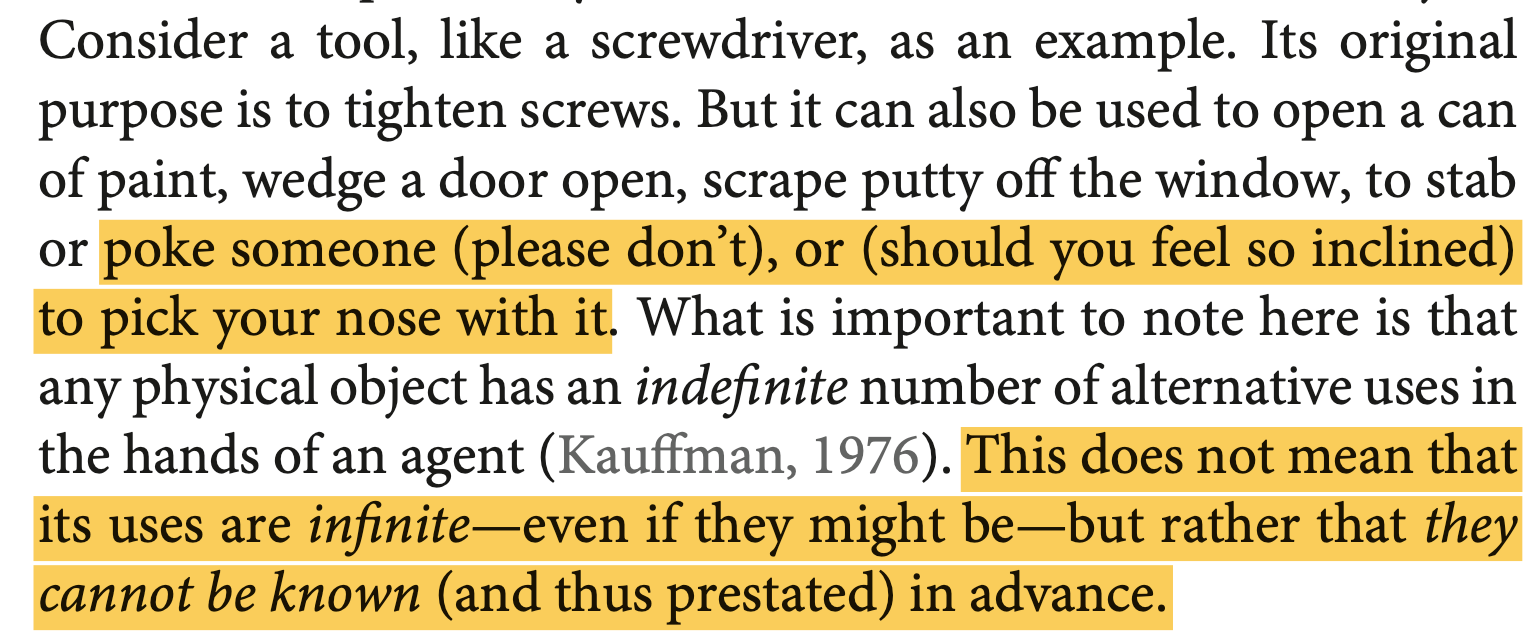
But if we can't define a phase space for the organism then we have no hope of coming up with a universal law. Because no matter what subset of possibilities we choose to describe with our law, we'll always leave something out that is possible for the organism to reach. Every model of the organism will always be incomplete.

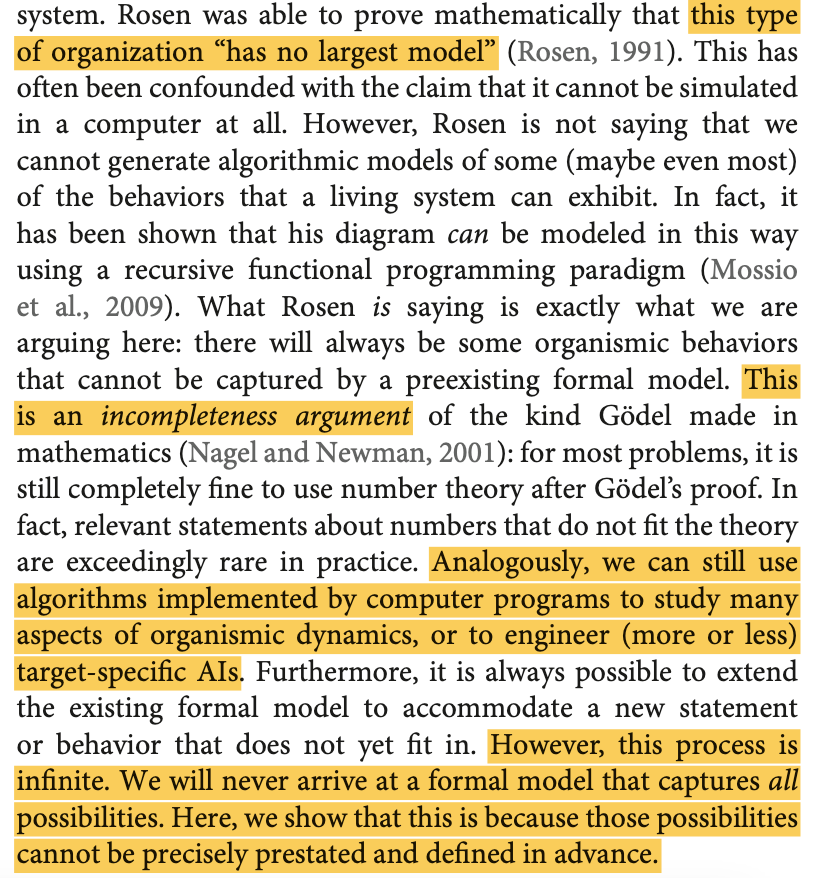
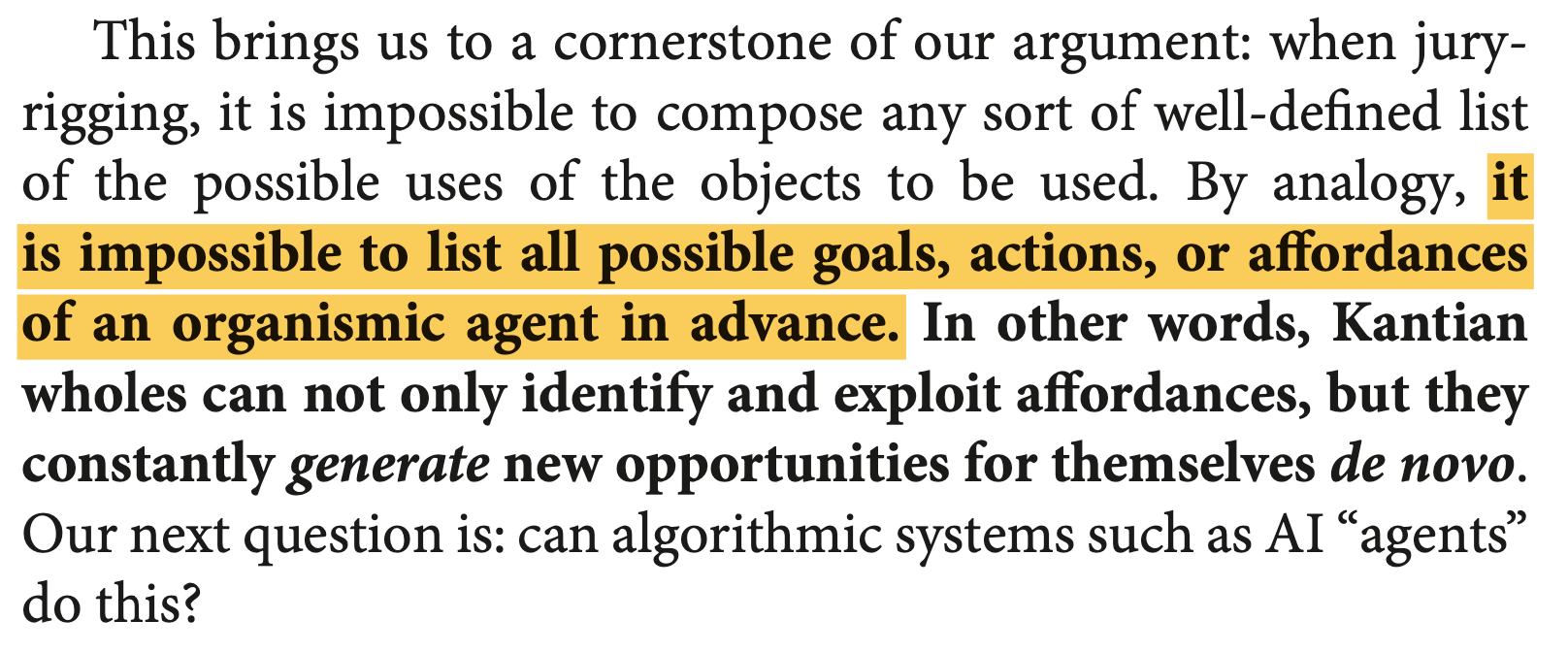
So the future that organisms have is open in the deepest possible way. They are creative enough to construct futures that we could never imagine with any meaningful algorithm, equation or anything else.
They are agents in control of their own fate, not objects limited by the phase spaces of differential equations. And thus, the tools of physics are too limited to capture the whole organism.
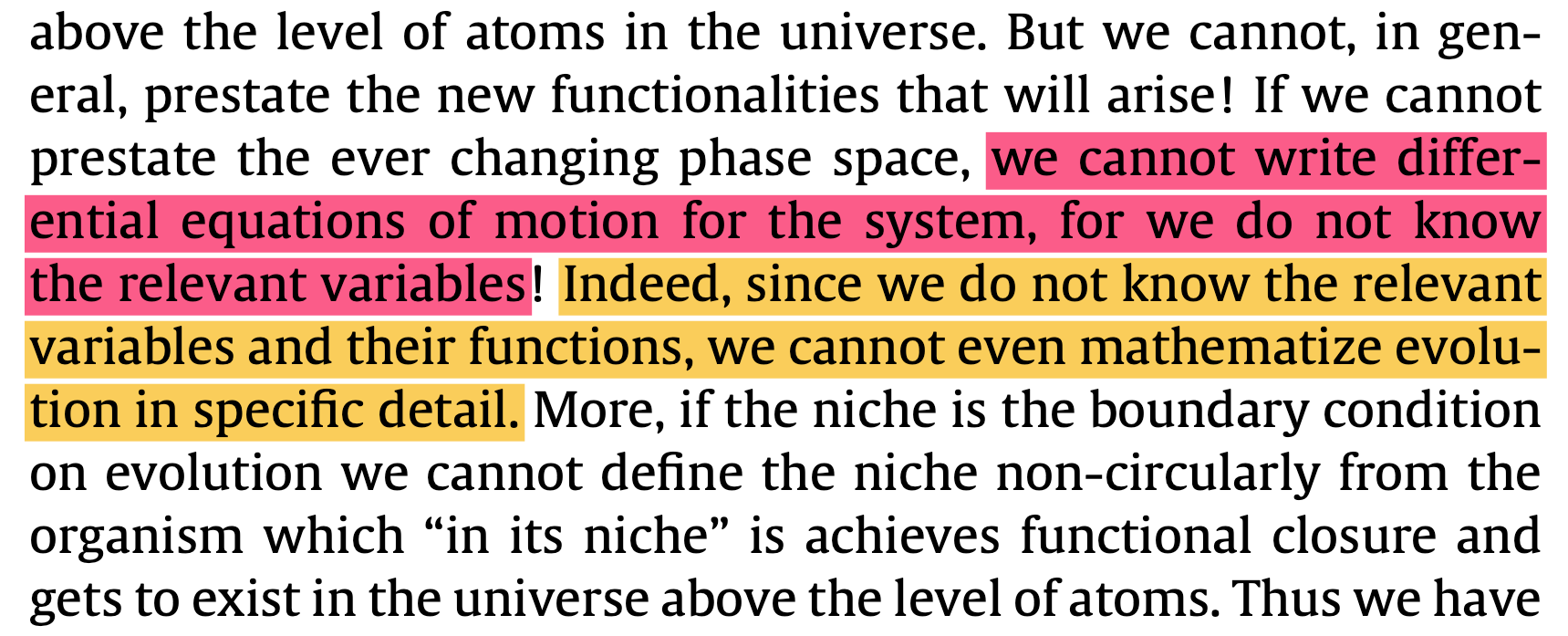
Science isn't about reducing everything to physics or fundamental laws of nature. Physics is just one very particular tool we apes have invented to understand reality. It's a useful tool no doubt, but it's not the most fundamental, or the most important, or the most-inclusive.
It's just one perspective.

To even begin to understand the way the universe works with our limited brains, we need as many good perspectives as we can get. We want our toolbox to be full of different insightful ways to see the world, not just a hammer that reduces everything to the jigglings and wigglings atoms.
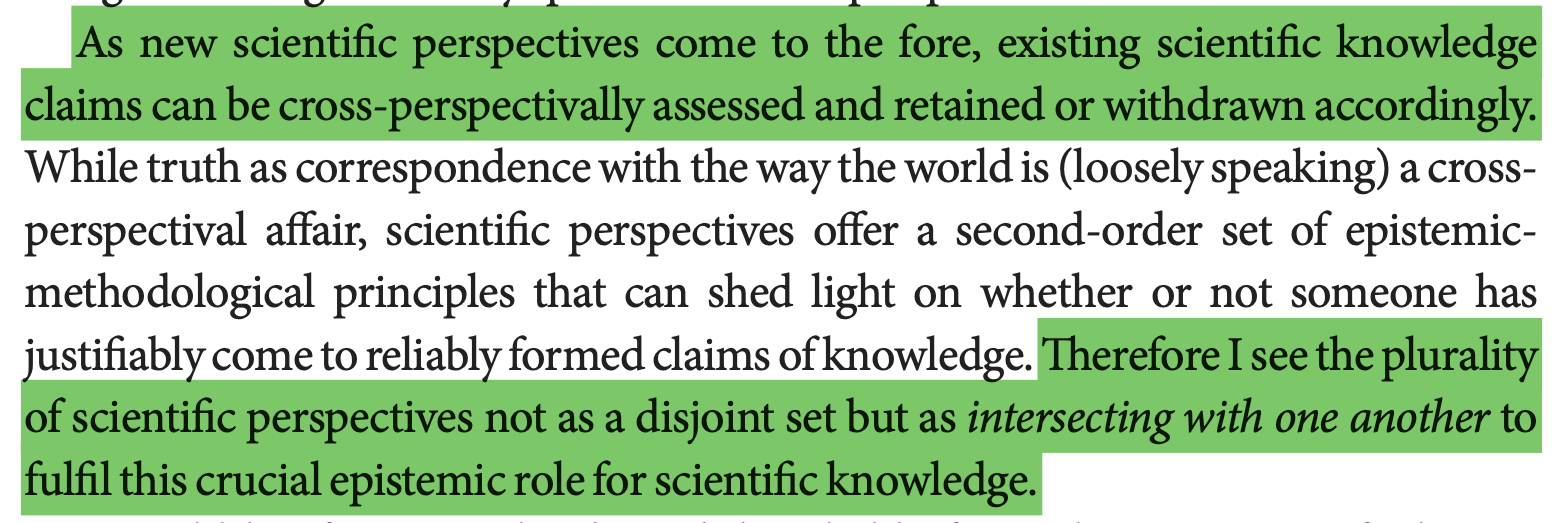
Thanks so much for watching, this is the third video in a series on why biology is not mechanistic like physics, if you want to see the first part on the history of the debate click here and if you want to see why cells aren't machines you can watch the second part here.
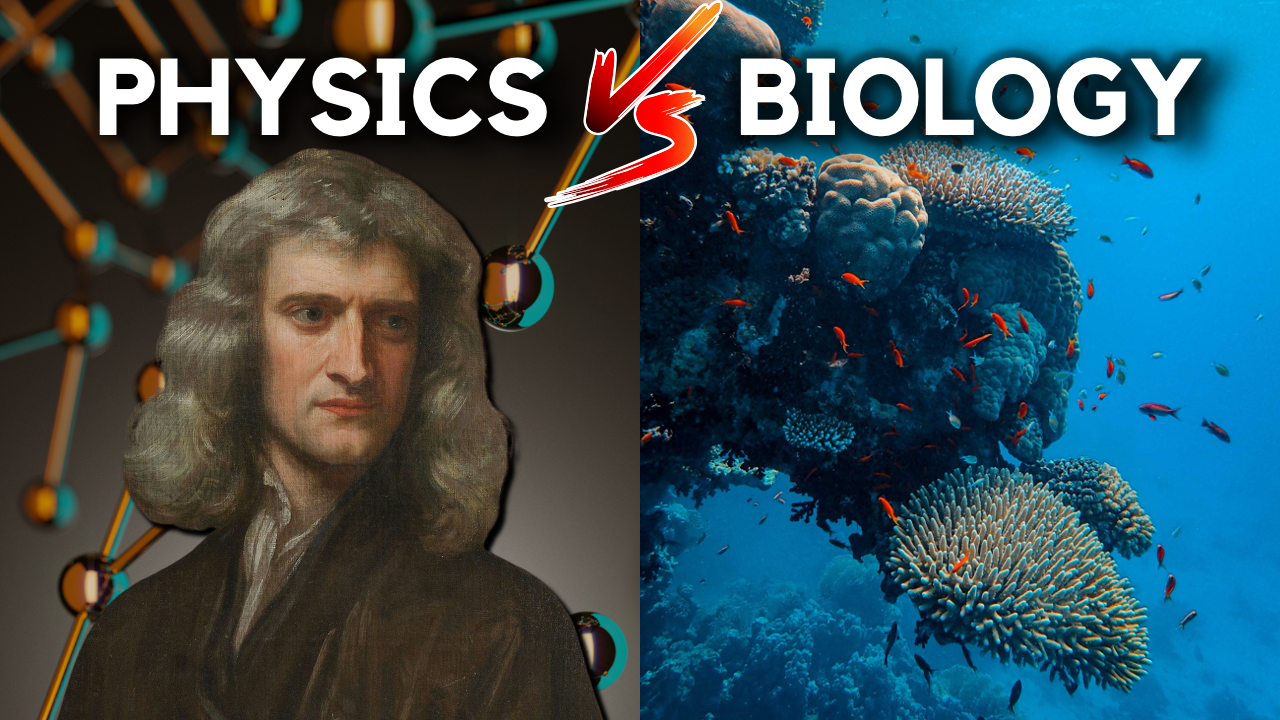





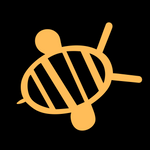
Member discussion: